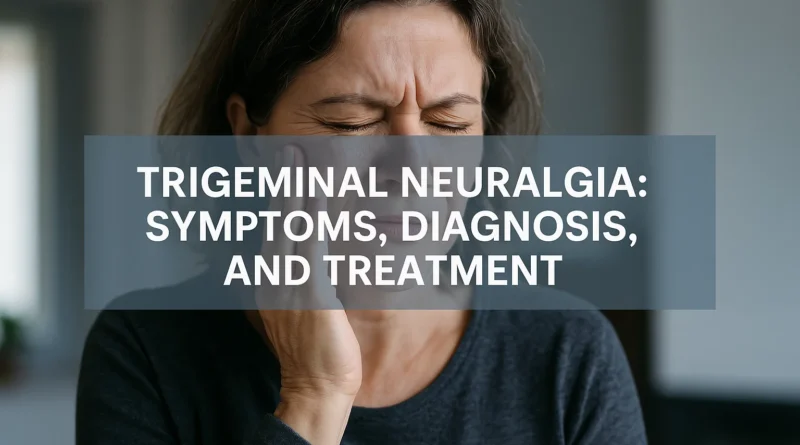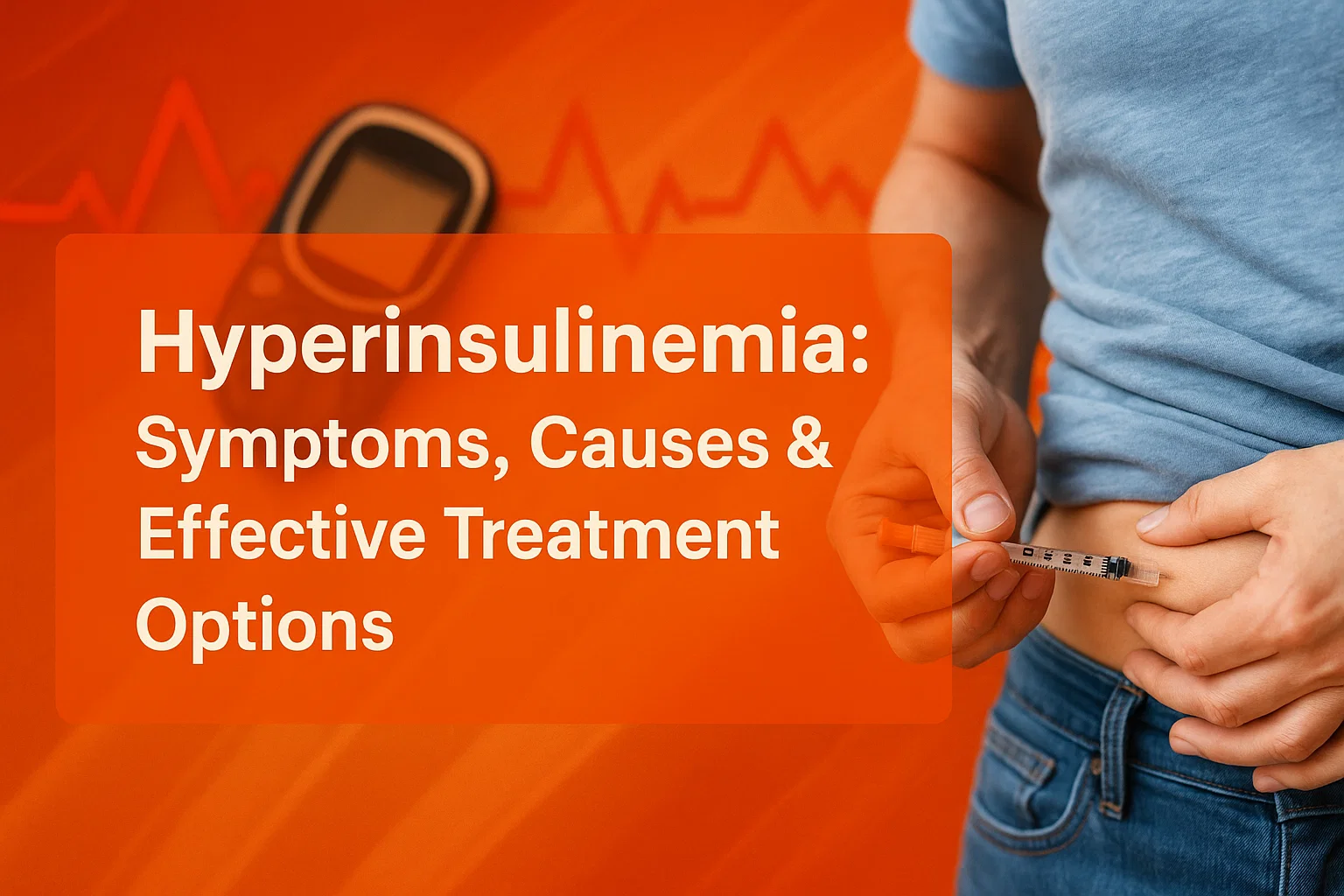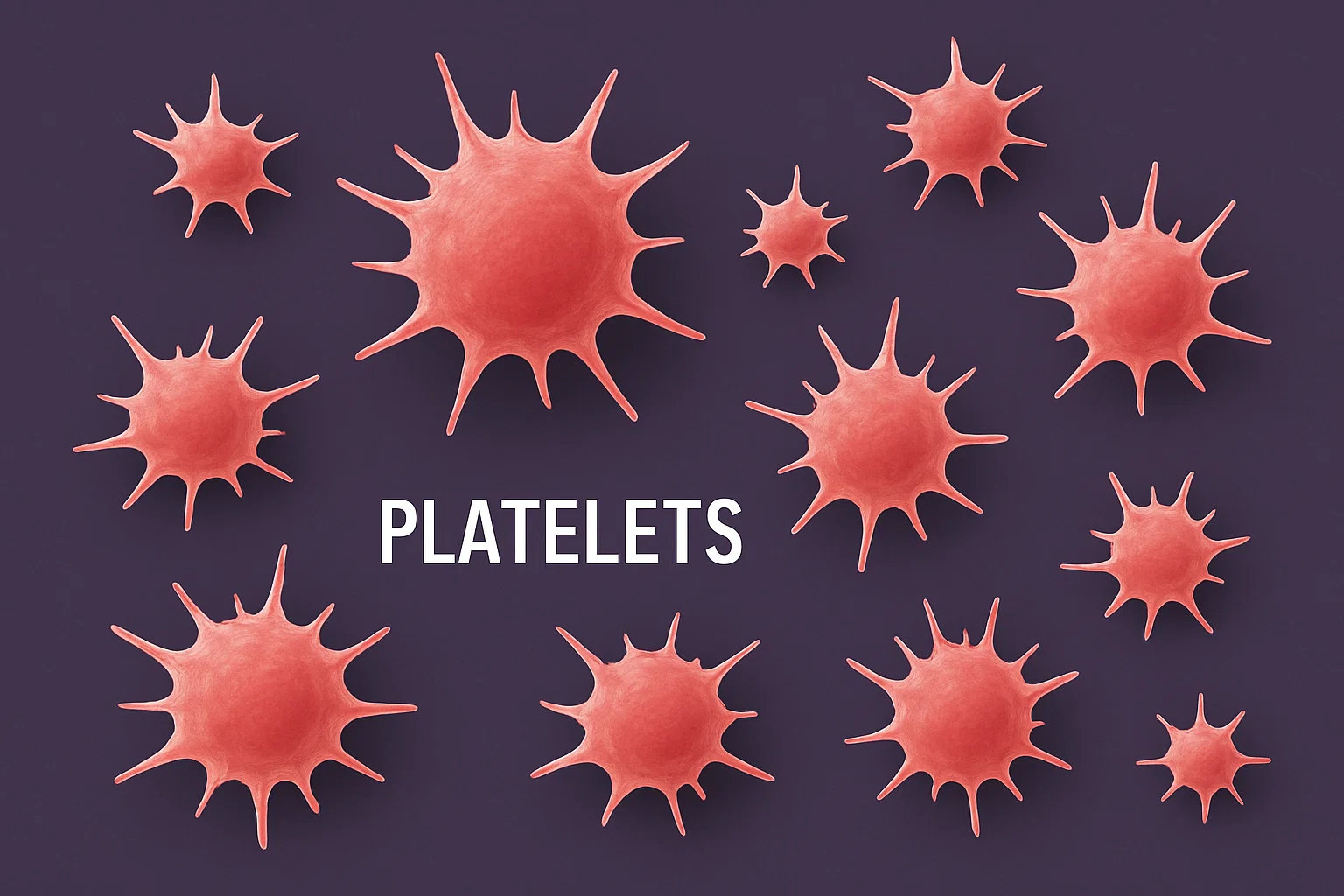Trigeminal Neuralgia: Symptoms, Diagnosis, and Treatment
Trigeminal Neuralgia is a neurological condition characterized by sudden, electric shock-like pain around the face that lasts for a minute. It affects the trigeminal nerve that carries sensation from the face to the brain. While the condition is not life-threatening, it can affect the person’s quality of life if left untreated.
What is Trigeminal Neuralgia?
Also known as Suicidal disease or “tic douloureux,” Trigeminal neuralgia is a chronic pain disorder that affects the fifth cranial nerve (also known as the trigeminal nerve), which spreads all over the facial region and transmits electric shock-like pain, from the face, gums, teeth, and jaw to the brain.
A patient suffering from Trigeminal neuralgia (TN) experiences sudden and severe pain in the facial region. The episodes of pain may last for a few seconds to a couple of minutes and may also occur multiple times a day.
What are Trigeminal Neuralgia Symptoms
One of the characteristic features of TN is intense facial pain that radiates throughout the facial region, which comes in sudden attacks. It’s important to consult with your doctor if you have such symptoms affecting your day-to-day activity and quality of life:
Key Features of Trigeminal Neuralgia
- Sharp, shooting, stabbing sensation, or electric shock-like pain (hallmark feature of TN)
- Comes in short, repetitive attacks, once in a while, or multiple times in a day
- Usually affects one side of the face or, rarely, both sides.
What triggers Trigeminal Neuralgia?
Pain is often driven by routine activities such as
- While brushing your teeth
- Chewing or swallowing, eating, or even drinking that involves facial movement
- Razor shaving
- Applying cosmetics
- Speaking, smiling, or even putting a hand to the face
- Exposure to wind or cold air
Note: The above triggers can cause the Trigeminal Neuralgia pain to appear, but not always; depending upon the individual, the pain intensity may vary and change over time.
Other Symptoms
Prolonged TN pain can impact your daily activities, leading to secondary symptoms, including.
- Fear of carrying out daily tasks and avoiding social activities due to pain, causing isolation and prolonged loneliness.
- Facial muscle twitching during attacks shows that the condition affects nerves.
- Emotional stress and anxiety may lead to a depression-like condition.
- Eating difficulty leading to weight loss, poor nutrition, and health issues.
What is the overall effect of the above symptoms?
The combination of secondary symptoms can have a significant impact on an individual’s quality of life. It’s important to consult a doctor or a counselor for further support and a quick recovery.
What are the Causes of Trigeminal Neuralgia?
The main cause of trigeminal Neuralgia is the compression of the trigeminal nerve by nearby blood vessels (artery or vein) that damage the myelin sheath (insulating covering of the nerves). Leading to abnormal Pain signals sent to the brain.
Based on the specific cause, the healthcare provider categorizes the TN into
- Classical TN: The most common type(~70-75% of cases), blood vessels (superior cerebellar artery) or transverse pontine vein cause compression on the nerve root, leading to facial pain.
- Secondary TN: when certain health conditions are responsible for the nerve compression, it is not so common; about 15% of patients suffer from this type. Examples include:
- Multiple sclerosis (MS): An Autoimmune disease that damages the myelin sheath.
- Brain tumors: Pressure from tumors can irritate the nerve or also lead to damage.
- Vascular malformations: Abnormal blood vessels near the nerve.
- Facial trauma or surgical injury: Direct damage to nerve fibers.
- Idiopathic TN: Low incidence; in nearly 10% of cases, there is pain without any known cause, or in some cases, no specific cause is found.
How is Trigeminal Neuralgia diagnosed?
The diagnosis is completely clinical; your doctor will look out for your symptoms and medical history, such as checking the nature, frequency, and triggers of the pain, and a neurological examination (checking facial sensation and reflexes). Based on this, they will suggest some diagnostic tests, like
Tests for Trigeminal Neuralgia
MRI facial nerve— Helps to check for vascular compression, nerve compression(for swelling and damage), tumor, or before planning surgery.
MRA (Magnetic resonance angiography)- Used to examine and visualise the Blood vessels pressing on the nerve.
Nowadays, some more advanced MRI techniques are being used to check specifically the trigeminal nerve, such as
FIESTA (Fast Imaging Employing Steady-State Acquisition)— An advanced technique that provides very high-resolution thin slices of images of the trigeminal nerve in different planes (axial, coronal, and sagittal) to help doctors see the trigeminal nerve for better analysis and diagnosis.
SSFP (Steady-State Free Precession): This checks for the vascular compression of the trigeminal nerve by providing a high-resolution thin section of SSFP images that help differentiate the artery from the vein. Arteries can be followed back to a bigger artery, such as a branch of the main brain artery, while veins cannot. This helps doctors understand which type of blood vessel is causing the pressure.
Point to remember: FIESTA also shows the arteries and veins in proximity, butit’ss hard to distinguish between them; that’s why SSFP is used.
Note: These tests help the doctor determine the best treatment for trigeminal nerve problems. Surgery or a decompression procedure may be used to relieve pain. Each case must be carefully studied before treatment.
Trigeminal Neuralgia vs. Other Facial Pain Conditions
Diagnosis helps doctors distinguish between conditions similar to TN, allowing them to better understand the condition. These include.
- Cluster headaches—severe headaches around the eye
- Dental issues—tooth abscess or gum disease
- Sinus infections—pressure around the sinuses.
- Temporomandibular joint (TMJ) disorders—jaw joint pain
Unlike these, TN pain is more rapid, intense, and shock-like, often triggered by touch or movement.
What is the Treatment for trigeminal neuralgia?
The treatment aims to help control the pain and improve the quality of life, and varies based on the severity and treatment response.
Medications:
It is the primary and first line of treatment to reduce pain. In case you have any past medical history or conditions, it’s important to discuss them with your doctor before taking these medications.
Anticonvulsants:
A class of drugs that calms down the nerves and blocks pain signals, thus reducing pain. Some of them includes Carbamazepine (most effective and commonly prescribed) or Oxcarbazepine, Gabapentin, and Lamotrigine. For muscle relaxants, baclofen may be used in combination with anticonvulsants.
Note: Medicines are often effective initially, and their effectiveness reduces over time.
Surgical Options for Trigeminal Neuralgia
When medicines are not alone effective or if the side effects become intolerable, surgical intervention may be required to treat the condition. Surgical procedures include:
- Microvascular Decompression: It involves moving or removing blood vessels that are pressing on the nerve and offers long-lasting relief.
- Gamma Knife Radiosurgery: It is a non-invasive procedure that uses focused radiation on the trigeminal nerve root to block or reduce the pain; it helps lower the recovery time.
- Rhizotomy: It is a minimally invasive procedure in which the doctor targets the part to damage the trigeminal nerve root to block or reduce pain. Techniques include
- Glycerol injection- A chemical injection to damage nerve fibers.
- Balloon compression- A balloon is inserted and inflated to compress the trigeminal nerve.
- Peripheral neurectomy: This procedure involves the removal of a small part of a nerve branch to stop it from sending pain signals. Provide relief from the pain.
How to get pain relief from Trigeminal Neuralgia?
While Medical Treatment provides long-term relief from the pain, lifestyle management and self-care can help reduce the pain frequency. This includes:
- Avoid known triggers like chewing hard foods or exposure to cold winds.
- Practice relaxation techniques like yoga, meditation, and breathing exercises.
- Maintaining good oral hygiene to prevent dental problems that could worsen pain.
- Eat soft foods to reduce chewing strain.
How to prevent Trigeminal Neuralgia?
While there is no permanent cure for this condition, prevention focuses on reducing the pain and its associated symptoms, which are:
- Managing chronic illnesses such as hypertension and multiple sclerosis
- Avoid facial trauma or dental procedures without proper evaluation.
- Consult with your doctor if the pain and its associated symptoms last for a long period.
- Avoid self-medication and ask your doctor before taking it.
- Go for regular neurological checks, especially in the case of high-risk individuals.
What are the Complications associated with Trigeminal Neuralgia?
Untreated trigeminal neuralgia can lead to:
- Severe weight loss and malnutrition due to the struggle to eat.
- Long-term chronic pain may lead to anxiety and fatigue.
- Social withdrawal and isolation due to fear may cause depression.
- Rarely, permanent nerve damage due to repeated interventions.
Living with Trigeminal Neuralgia
Living with TN requires not only medical treatment, but also emotional and social support. Many patients benefit from:
- Support groups: Connecting with others facing similar challenges.
- Counseling or therapy: To deal with stress and mental health issues
- Education: Knowing about treatment options empowers patients to make informed decisions.
Conclusion
Trigeminal neuralgia is a rare but painful nerve disorder that can cause problems in daily life. Fortunately, advances in medications, minimally invasive surgeries, and radiosurgery have enabled most patients to manage or even eliminate their pain.
If you or a loved one experiences sudden, sharp facial pain, it is essential to see a neurologist for early diagnosis and treatment. With proper management, patients can regain control of their lives and greatly enhance their quality of life.
Frequently Asked Questions on Trigeminal Neuralgia
What is the Incidence rate of Trigeminal Neuralgia?
The incidence rate of trigeminal neuralgia is nearly 4 to 29 cases per 100,000 people per year, with rates varying by location; it is more common in women and increases with age, mostly affecting people after 50 years of age.
What triggers trigeminal neuralgia?
Some of the common triggers include brushing teeth, chewing, talking, wind exposure, or even a light touch on the face. You need to take some preventive measures to avoid triggers through lifestyle management and self-care.
Is trigeminal neuralgia curable?
While there is no guaranteed permanent cure, medications and some other treatments, like microvascular decompression or radiosurgery, can provide long-lasting relief.
Can trigeminal neuralgia go away on its own?
Unlikely. Pain episodes may come and go, but they require proper treatment to control the painful condition, as without proper treatment, the pain worsens over time, affecting quality of life.
Which doctor should I consult for trigeminal neuralgia?
A neurologist is the primary specialist, but in severe cases, a neurosurgeon may be required for surgery.
Is trigeminal neuralgia life-threatening?
No, but the pain due to the nerve compression can affect your mental health struggles if not treated. It is important to go for counseling and other pain-relieving methods that may help you to come out of this condition.




